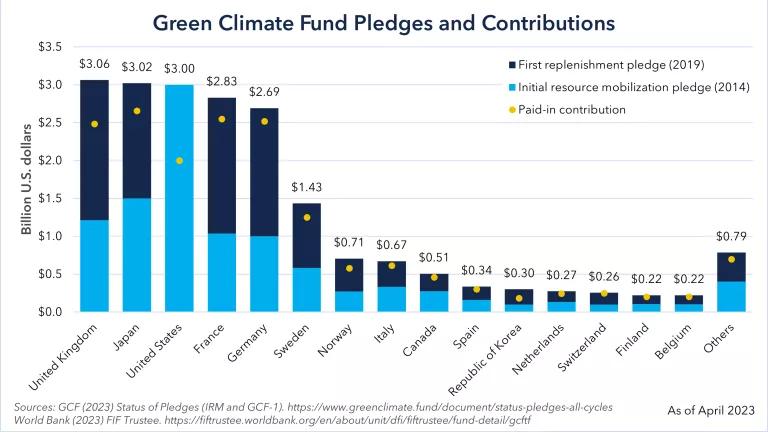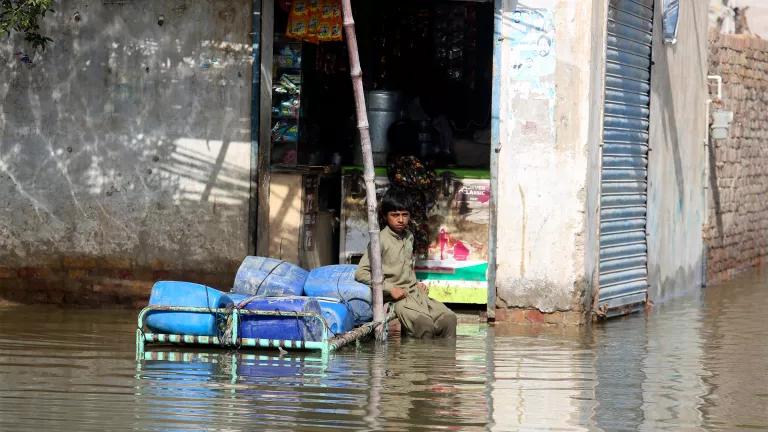Managing Climate Risks to Protect the Financial System
Federal regulators have responded to the call from NGOs and senators alike to consider climate risk in bank oversight. This is good news for investors, banks’ stability, and our economy.

First the Office of the Comptroller of the Currency (OCC) and now the Federal Deposit Insurance Corporation (FDIC): federal regulators have responded to the call from NGOs and senators alike to consider climate risk in bank oversight. This is good news for investors, banks’ stability, and our economy.
Both bank supervisory institutions have issued guidance that seeks to manage climate risk exposures for large financial institutions and ensur the safety/soundness of the financial system. Moreover, the Securities and Exchange Commission (SEC) has proposed rule amendments that would require registrants to provide climate-related information that will help inform investors of the risk climate change will have on their businesses.
These foundational first steps recognize that climate change poses significant risks to the financial system. Supervisory guidance lets banks know that their bank regulators—and specifically the bank examiners that look at their records and ask questions to make sure banks are following safe practices for the health of the bank—expect each bank to include climate risk in their risk management analysis and practices.
Previously, the OCC drafted the Principles for Climate-Related Financial Risk Management for Large Banks on December 16th, 2021, and received feedback, including from NRDC, on the principles designed to support the identification and management of climate-related financial risks by banks with more than $100 billion in total consolidated assets.
And now the FDIC has followed in the footsteps of the OCC and issued its own request for information on its Principles for Climate-Related Financial Risk Management for Large Financial Institutions, which, similar to the guidance put forth by the OCC, are designed for banks with more than $100 billion in total consolidated assets. Expectations are that the remaining bank regulator, the Federal Reserve Bank, should also follow suit and issue its own version of supervisory guidance soon.
Moving forward, as these guiding principles are finalized, similar guidance should be drafted for all banks, regardless of asset size. We appreciate that guidance and oversights will start with the largest banks; it is essential to continue to expand guidance and oversight to all sized banks in the near term. Providing clear guidance for expectations and a timeline for smaller banks can help them prepare for both the risks themselves as well as upcoming examiner expectations.
Nevertheless, the FDIC and OCC have taken an important, necessary step to protect individual banks and our broader financial system from the risks of climate change. Recognizing that climate change poses significant safety and soundness concerns, regulators must ensure banks understand the risks they face.


